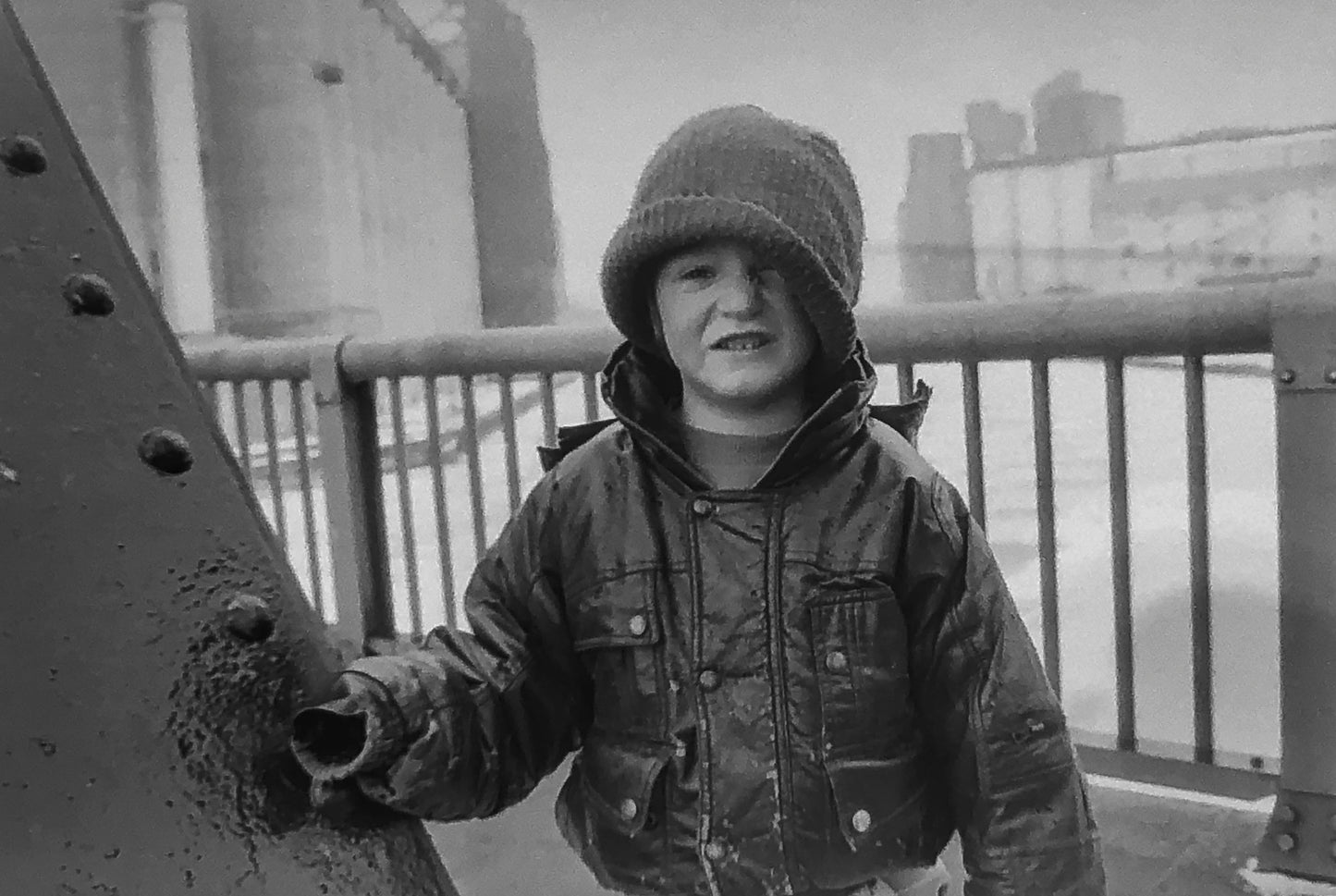1
/
of
17
Against the Grain by Mark Maio
Against the Grain by Mark Maio
Photographer Mark Maio documented the last decades of a gang of men who unloaded giant Great Lake grain ships These were tough minded descendants of the Irish immigrants who dug the Erie Canal and its terminus harbor in Buffalo. They called themselves Scoopers and called their groups of 18 a gang. They worked the holds of schooners and later the coal and diesel driven ships that mastered the 95,000 square miles of tricky lake waters, as well as the narrow rivers that snaked into the harbors of cities. These five lakes formed the world's largest inland water bridge between westerly farms and eastern industry in the United States and Canada.
The story of the Scoopers and the Great Grain Route is written by Anthony Bannon, J. Dudley Johnson medalist in history and criticism, bestowed by the Royal Photographic Society. Bannon also supervised the exhibition, curated by Burchfield Center Curator Tullis Johnson, and Maio also wrote about his privileged experience with the last of the Buffalo gangs in the decades preceding the Scooper's 2003 dissolution.
Maio's coverage of the Grain Route begins in Kansas with the Nelson family, descendants of Swedish immigrants, early settlers in Marquette, a city of 500 in the middle of the state that is in the middle of the United States, celebrated as this nation's home on the range/ Kansas grain fields stretch to the horizon and are harvested in a choreography between massive combines followed by a bin trucks that carry the grain to a weighing station before transfer to ships on Lake Superior.
Maio covered this process to make photographs collected by major museums. The ships that hauled grain that Scoopers handled are now replaced by ocean-going vessels. Maio recorded the last of the legendary Lakers, ships indigenous to the Great Lakes, celebrated in popular culture by the Canadian folk singer Gordon Lightfoot's eulogy for the sunken ship Edmund Fitzgerald.
The artist's piquant interpretation of the seaman's life is echoed by his discovery of the previously hidden work of the Scoopers, who unloaded grain into a forest of historic poured concrete grain silos called elevators, architectural inspirations - an integrity of form and function that became a signature of modern design.
Maio also reveals the interiors of the elevators and the complex process of the Scoopers as they manage block and tackle and a geometry of ropes and pullies to control huge blades that push grain toward a conveyer and into the silo's storage.
The book contains 107 photographs in 201 pages, designed by Dolores Lusitana and edited Bill Boling, publisher of Fall Line Books.
Regular price
$65.00
Regular price
Sale price
$65.00
Unit price
/
per
Couldn't load pickup availability
Share this book

































